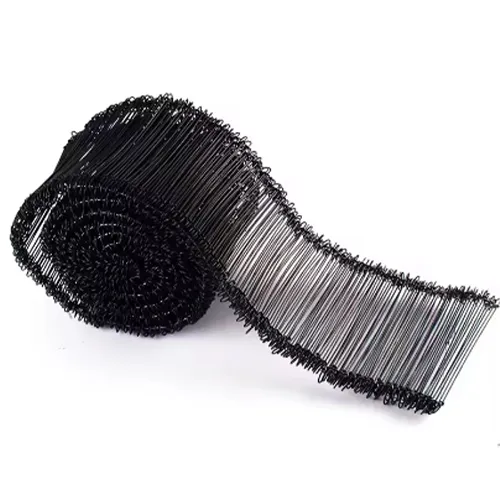-
 Phone:
Phone: -
 Email:
Email:

Exploring the Art and Techniques of Chain Link Fence Weaving
The Art and Science of Chain Link Fence Weaving
Chain link fencing has long been a staple in the realm of outdoor structures, providing a durable, effective barrier for various applications. But many may not understand the intricacies involved in the weaving process that transforms simple steel wire into a versatile and functional fencing material. This article delves into the art and science of chain link fence weaving, exploring its history, construction methods, and practical applications.
Historical Background
The origins of chain link fencing can be traced back to the late 19th century. It was developed to address the need for a practical yet effective fencing solution that could serve both security and containment purposes. The weaving technique utilized in creating chain link fences allows for a robust structure while maintaining visibility and airflow, making it a popular choice for residential, commercial, and agricultural uses.
The Weaving Process
At the heart of chain link fencing is the weaving process, which involves several key steps. First, high-quality steel wire is produced, typically through a process of drawing, where thicker rods are pulled through a series of dies to arrive at the desired gauge. The most common gauge for chain link fences ranges from 11 to 9, with the thicker wires providing greater strength and security.
Once the wire is drawn, the next step is to treat it for corrosion resistance. This can be done through a process such as galvanization, where the wire is coated with a protective layer of zinc to prevent rust and enhance durability. Alternatively, vinyl coating can be applied for both protection and aesthetic appeal.
The actual weaving process begins with the preparation of the horizontal and vertical wires. The horizontal wires, known as “bottom rails” and “top rails,” provide structural integrity, while the vertical wires are known as “chain link fabric.” The weaving occurs through a method called “diamond pattern weaving,” which creates the iconic diamond-shaped openings that characterize chain link fences.
chain link fence weaving

Specialized machines are employed to ensure the precise weaving of the wire. These machines feed the vertical wires through the horizontal framework, securely interlocking them in a diamond formation. This automatic weaving technique not only speeds up production but also ensures consistent quality across the board.
After weaving, the chain link fabric is rolled into manageable sections for transportation. The final product can be purchased in various heights, lengths, and wire gauges, making it adaptable to diverse fencing needs.
Practical Applications
Chain link fences serve multiple purposes across various sectors. In residential areas, they provide an effective barrier for gardens, backyards, and pools, ensuring safety without creating an opaque boundary. The visibility afforded by chain link fencing allows homeowners to enjoy their surroundings while keeping pets and children securely contained.
In commercial settings, chain link fences are often used for security purposes, enclosing properties or protecting construction sites. Their durability and resistance to weather damage make them a reliable option for industries that require a long-lasting solution without frequent maintenance.
Agriculturally, chain link fencing has proven invaluable. Farmers use it to protect livestock and crops from predators, as well as to delineate property lines. The evident transparency of chain link fences also allows for easy monitoring of animals and crops from afar.
Conclusion
The weaving of chain link fences marries artistry with practicality, resulting in a versatile fencing solution that has stood the test of time. From its historical inception to modern production methods, understanding the weaving process adds depth to our appreciation of this ubiquitous structure. Whether used in residential, commercial, or agricultural settings, chain link fencing continues to be an essential element of security and containment. Its unique characteristics of visibility, strength, and adaptability ensure that it remains a preferred choice for fencing solutions around the world. As technology advances, we may witness even more innovative weaving techniques and materials, enhancing the effectiveness and aesthetic quality of chain link fences for future generations.
-
Wire Mesh for Every Need: A Practical SolutionNewsJul.25,2025
-
Steel Fences: Durable, Secure, and Stylish OptionsNewsJul.25,2025
-
Roll Top Fencing: A Smart Solution for Safety and SecurityNewsJul.25,2025
-
Cattle Farm Fencing Solutions for Maximum SecurityNewsJul.25,2025
-
Affordable Iron Binding Wire SolutionsNewsJul.25,2025
-
Affordable Galvanized Wire SolutionsNewsJul.25,2025
-
Wire Hanger Recycling IdeasNewsJul.25,2025








